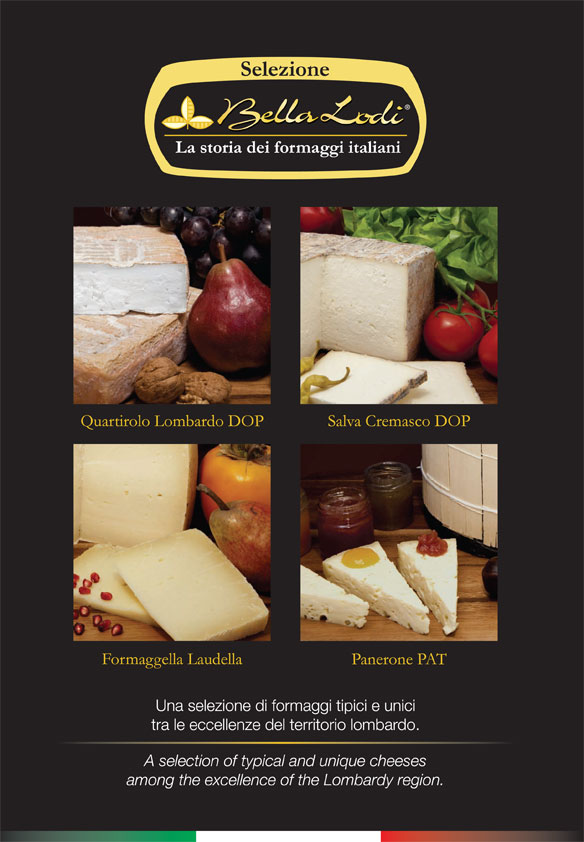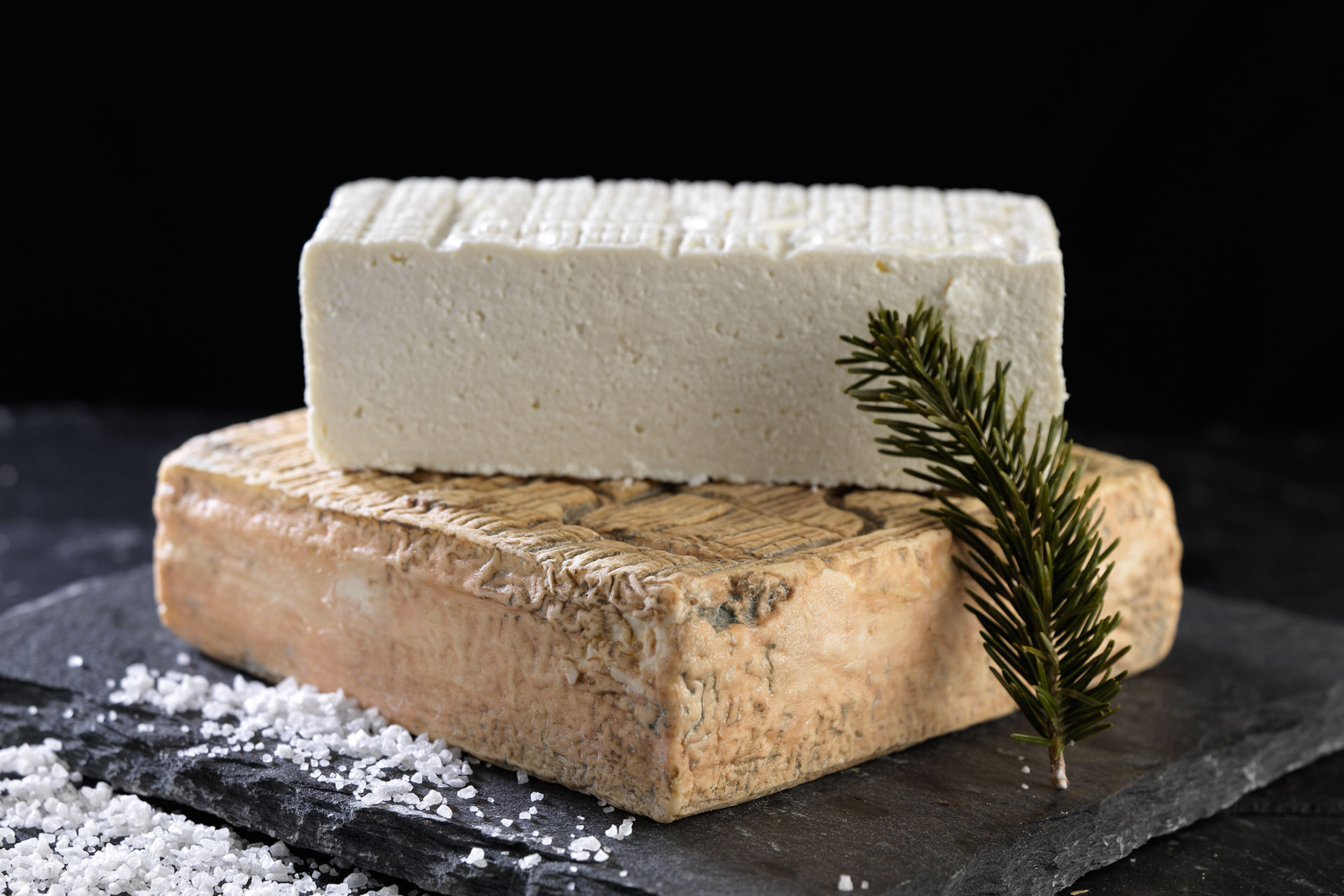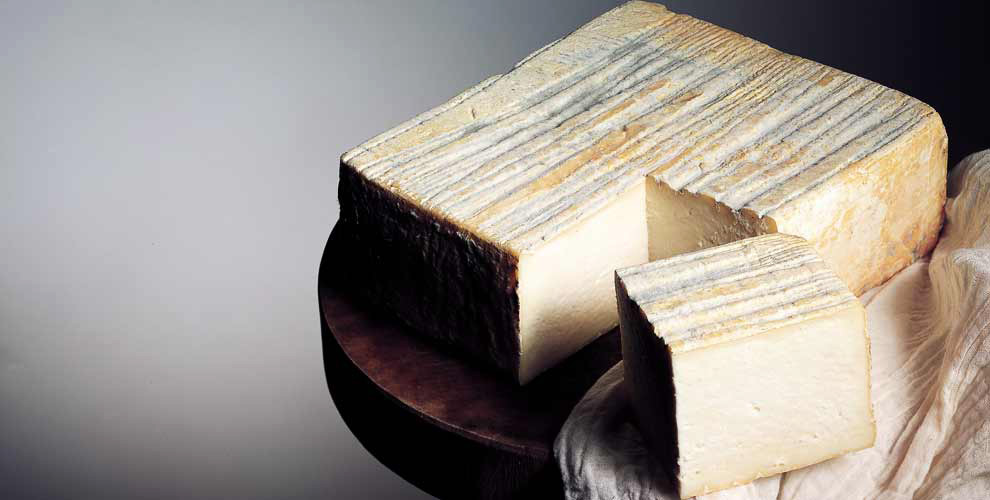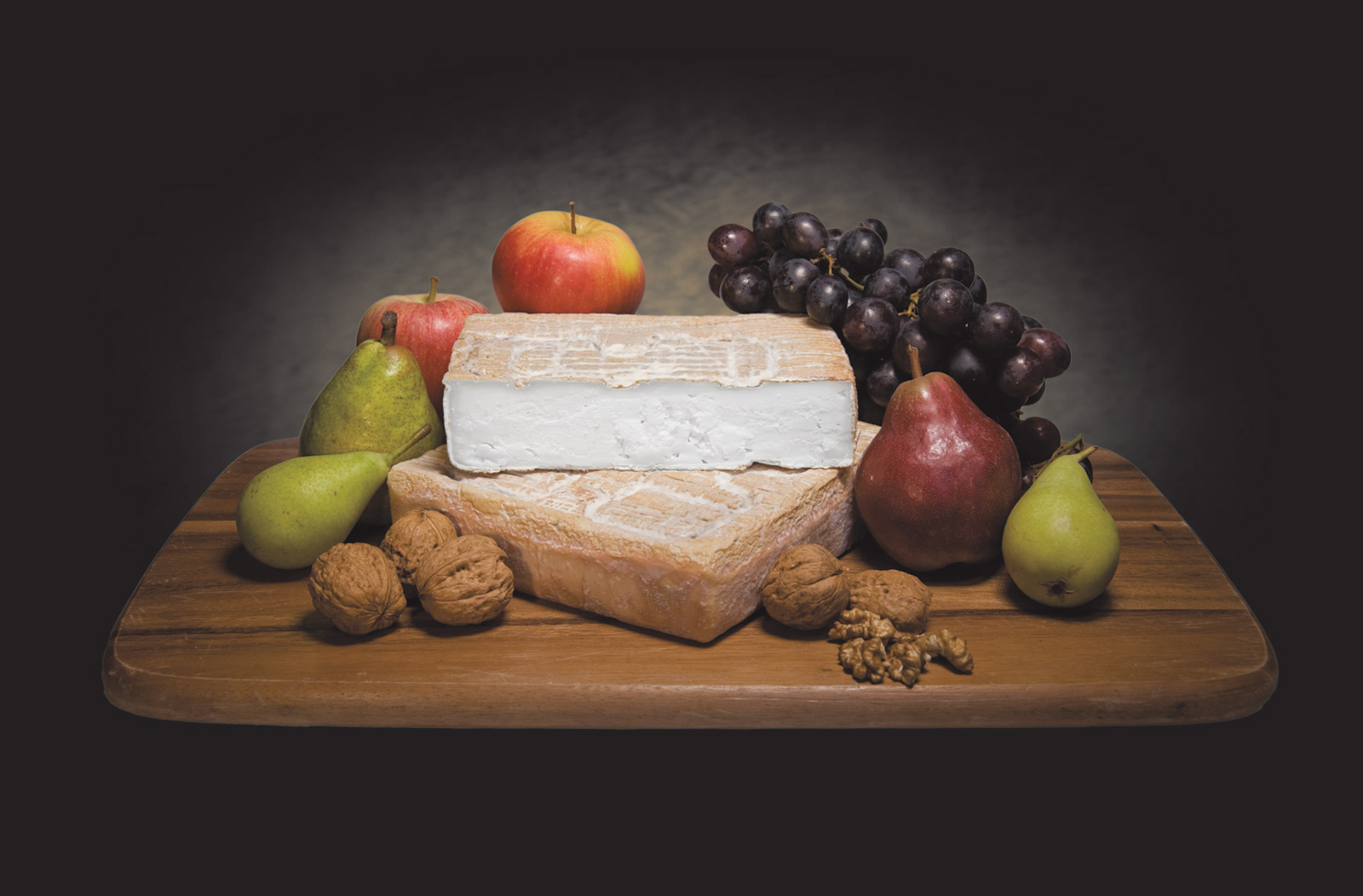
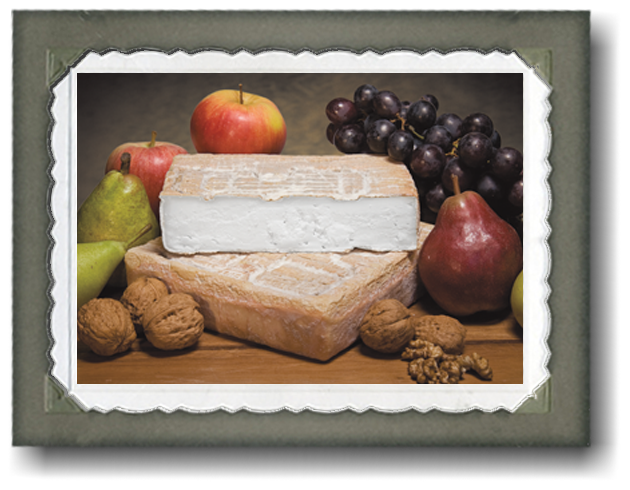
Quartirolo Lombardo DOP
Quartirolo Lombardo is a soft table cheese of cow's milk bearing the Italian PDO (Protected Designation of Origin) label. The area from which the milk is sourced and where "Quartirolo lombardo" is produced and ripened takes in parts of the provinces of Bergamo, Brescia, Como, Cremona, Lecco, Lodi, Milano, Pavia and Varese.
The origin of this cheese dates back at least as far as the X century AD and is associated with the ancient custom of transhumance in Lombardy, that is to say, the twice yearly migration of cattle; this form of cattle breeding was extremely laborious and the animals were "rewarded" at the end of September, following their tiring journey from the highland pastures to those further down in the valley, by being left to feed off the last blades of grass that had grown in the wake of the third hay-making session, the "quartirola" grass, or end of season grass with its variety of short and thickly growing flora, steeped in the scents of a long summer. So the best and tastiest cheese of the season used to be called quartirolo, after those very last blades of fresh grass. Quartirolo Lombardo is the PDO cheese with the lowest fat content (a minimum of 30% fats). It comes in the shape of a rectangular brick. The weight of each "brick" may vary from 1.5 kg to 3.5 kg. Its rind is thin and soft, pinkish white when freshly made and reddish grey-green when more aged. The pate is even, slightly lumpy and crumbly in texture with possible evidence of separation, becoming softer and more compact as it ripens. Its colour varies from white to pale straw, only to darken with ripening. It has a distinctive and slightly sour taste - the aromatic flavour perceived in the younger versions intensifies with age. The ripening process enables a diversification of quartirolo, in the form of a fresh product for immediate consumption (5 days) or one with a more developed flavour (at least 30 days) and a more pinkish rind than its younger counterpart.
